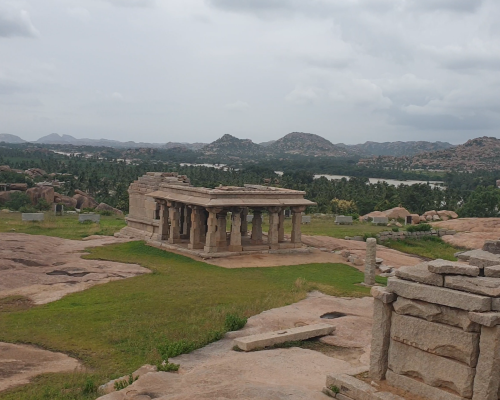Exploring the Mystical Land
Hampi, Karnataka
Hampi is a UNESCO World Heritage Site renowned for its rich cultural heritage, awe-inspiring ruins, and breathtaking natural beauty.
Join me as i take you on an enchanting journey to Hampi “A Journey Back in Time”.
ENG  FRN
FRN
Flights
Vidyanagar airport is the closest airport (40 kms from Hampi).
Train Availability
Hosapete is the nearest railway station (15 kms from Hampi)
Bus availability
Hampi is 350 kms from Bengaluru.. Bus services and even taxi for hire are available easily from these places. The road trip from any place state is quite scenic with forested winding road, sharp hairpin beds and are well maintained.
















